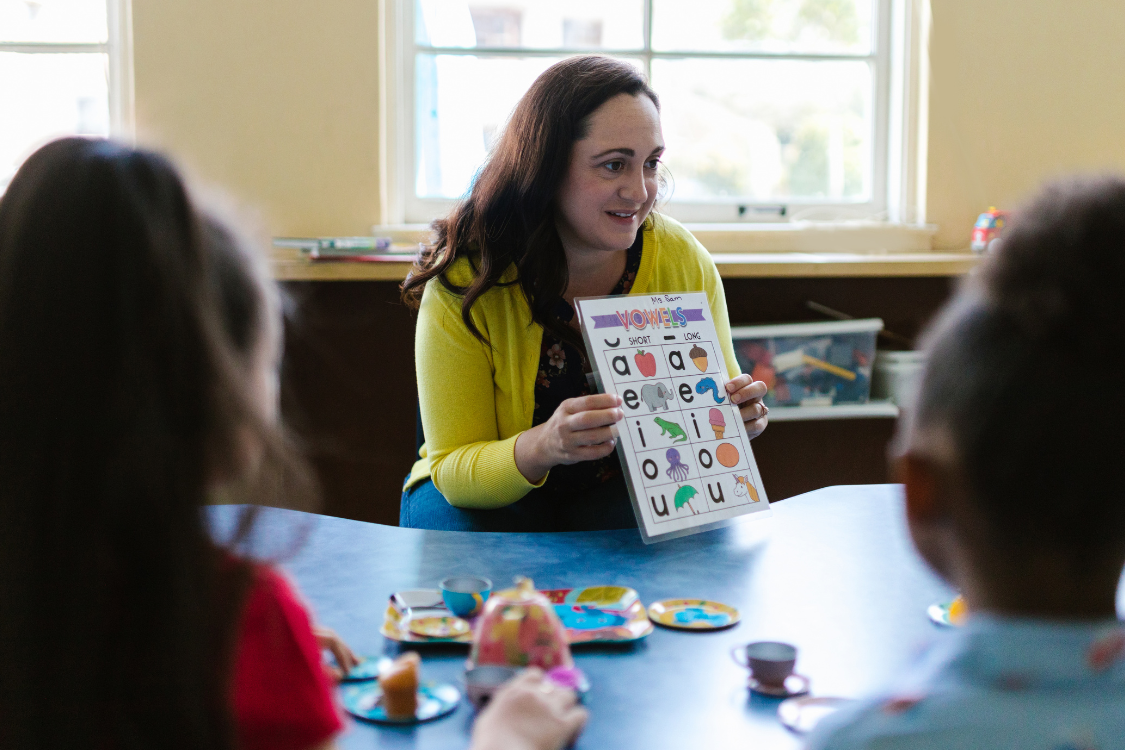Hanukkah Books That Support Early Reading Skills
The menorah glows on the kitchen counter. Your preschooler watches the first candle flicker and asks, “Can we read a Hanukkah story?” You reach for a colorful picture book, and together you explore traditions, laughter, and the magic of the Festival of Lights, all while building early literacy skills.
Hanukkah books offer wonderful opportunities for phonics practice wrapped in cultural celebration and family warmth.
Why Hanukkah Books Work for Emergent Readers
Hanukkah stories often use repetitive text patterns that support phonological awareness. Books about lighting the menorah for eight nights naturally repeat phrases and counting sequences. This repetition helps children anticipate what comes next, building confidence and encouraging participation.
Many Hanukkah books incorporate rhythmic language perfect for read-alouds. Rhythm helps children hear the natural flow of language and recognize speech patterns. These patterns form the foundation for understanding that words are made of individual sounds.
The visual richness of Hanukkah books, menorahs, dreidels, latkes, and families gathering helps children connect spoken words to meaningful images. This connection supports vocabulary development and the understanding that written symbols represent real objects and experiences.
Hanukkah Books Perfect for Pre-K
Here are some festive, family-friendly reads.
Hanukkah Bear
Bubba Brayna makes delicious latkes to celebrate Hanukkah. When a big furry guest arrives (a bear!), she mistakes him for the rabbi and happily shares her meal. This humorous story introduces Hanukkah customs and kindness through simple, engaging language.
Latkes, Latkes, Good to Eat: A Hanukkah Story
A young girl helps an old woman who gifts her a magical pan that produces endless latkes. When her brothers misuse it, chaos follows. This warm tale about generosity and gratitude uses repetitive phrases about latkes that children love repeating.
Sammy Spider’s First Hanukkah
Sammy the Spider observes the Shapiro family lighting the menorah each night. As he watches each candle, he learns about Hanukkah traditions. The simple, repetitive language makes this ideal for early listeners building phonological awareness.
The Dreidel That Wouldn’t Spin: A Toyshop Tale of Hanukkah
A beautifully illustrated story about a toy dreidel that doesn’t spin for spoiled children but works for a kind boy. The gentle narrative introduces generosity and humility while building vocabulary around Hanukkah objects and traditions.
Hanukkah Hop!
Follow a lively family hosting a Hanukkah party filled with music, dancing, jelly donuts, and menorah lighting. The rhythmic language and fun action verbs keep preschoolers engaged while building awareness of speech patterns and sounds.
All-of-a-Kind Family Hanukkah
A beautifully nostalgic look at a Jewish immigrant family preparing for Hanukkah. The youngest child longs to participate in potato grating but learns a special way to help. Rich vocabulary and predictable family routines support comprehension.
Little Red Ruthie: A Hanukkah Tale
A playful Hanukkah twist on Little Red Riding Hood. Ruthie uses cleverness and latkes to outsmart the wolf and save her grandmother. Great for comparing familiar fairy tales with cultural stories while practicing prediction skills.
Dear Santa, Love Rachel Rosenstein
Rachel desperately wants to celebrate Christmas, even though her family celebrates Hanukkah. She learns that different holidays coexist, and her own traditions are special. The conversational tone and relatable emotions engage young listeners.
Light the Menorah! A Hanukkah Handbook
A kid-friendly guide pairing each night’s menorah lighting with stories, songs, simple explanations, and activities. The structured format and repeated phrases work well for families and classrooms introducing Hanukkah traditions systematically.
Hanukkah Lights Everywhere
A boy notices lights everywhere during Hanukkah, from candles to streetlamps to stars. Each night adds one more light, gently teaching counting and the festival’s symbolism through simple, repetitive text perfect for emerging readers.
Make the Most of Hanukkah Read-Alouds
Read these books with expression and enthusiasm. Emphasize repeated phrases so your child can join in. Point to objects as you name them, menorahs, dreidels, latkes, building connections between spoken words and printed text.
Ask simple questions during and after reading.
- “How many candles do we light tonight?”
- “What foods do they eat?”
- “Why is the dreidel special?”
These questions build comprehension and vocabulary while keeping your child engaged.
Create connections to your own family traditions. If you make latkes, read latke stories together before cooking. If you play dreidel, read dreidel books before the game. These connections make reading feel meaningful and relevant.
Celebrate Hanukkah Through Stories
Hanukkah books combine cultural celebration with early literacy skill-building. They offer repetition, rhythm, and rich vocabulary wrapped in stories about family, tradition, and light. When you share these books with your child, you’re building both reading skills and cultural connections.
Discover more ways to support your emergent reader at Phonics.org, where we share evidence-based strategies and expert reviews to help every child become a confident reader.










